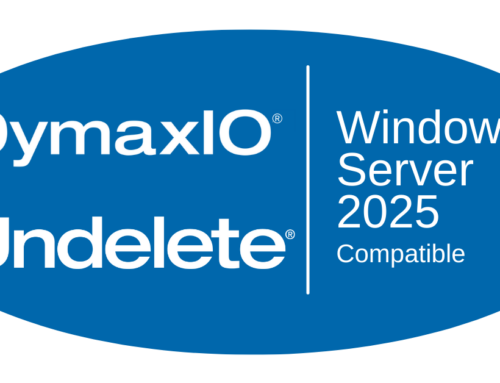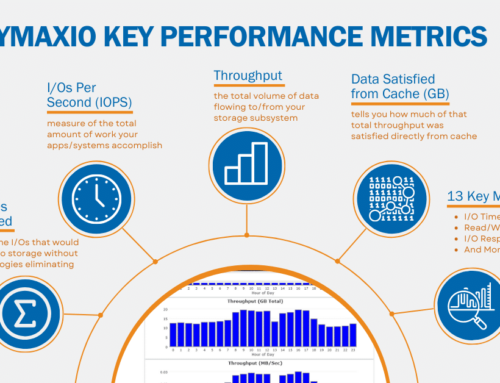The University of Illinois, had already deployed an all-flash Dell Compellent storage array to support their hardest hitting application, AssetWorks AiM, that runs on Oracle. After a year in service, performance began to erode due to growth in users and overall workload. Other hard hitting MS-SQL applications supported by hybrid arrays were suffering performance degradation as well.
The one common denominator is that all these applications ran on Windows servers – Windows Server 2012R2 / 2016 / 2019.
“As we learned through this exercise with Condusiv’s DymaxIO I/O transformation software, we were getting hit really hard by thousands of excessively small, tiny writes and reads that dampened performance significantly,” said Greg Landes, Manager of Systems Services. “Everything was just slower due to Windows Server write inefficiencies that break writes down to be much smaller than they need to be, and forces the all-flash SAN to process far more I/O operations than necessary for any given workload.”
Landes continued, “When you have a dump truck but are only filling it a shovelful at a time before sending it on, you’re not getting near the payload you should get with each trip. That’s the exact effect we were getting with a surplus of unnecessarily small, fractured writes and subsequent reads, and it was really hurting our storage performance, even though we had a really fast ‘dump truck.’”

“We had no idea how much this was hurting us until we tried DymaxIO to address the root-cause problem to get more payload with every write. When you no longer have to process three small, fractured writes for something that only needs one write and a single I/O operation, everything is just faster,” said Landes.

When testing the before-and-after effect on their production system, Greg and his team first measured without DymaxIO. It took 4 hours and 3 minutes to process 1.57TB of data, requiring 13,910,568 I/O operations from storage. After DymaxIO, the same system processed 2.1TB of data in 1 hour and 6 minutes, while only needing to process 2,702,479 I/O operations from underlying storage. “We processed half a terabyte more in a quarter of the time,” said Landes.
“Not only did DymaxIO dramatically help our write-heavy MS-SQL and Oracle Servers by increasing performance 50–100% on several workloads, we saw even bigger gains on our read heavy applications that could take advantage of DymaxIO’s patented DRAM caching engine, that put our idle, unused memory to good use. Since we had provisioned adequate memory for these I/O-intensive systems, we were well positioned to get the most from DymaxIO.”
“We thought we were getting the most performance possible from our systems, but it wasn’t until we used DymaxIO that we realized how inefficient these systems really are if you’re not addressing the root cause performance issues related to the I/O profile from Windows servers. By solving the issue of small, fractured, random I/O, we’ve been able to increase the efficiency of our infrastructure and, ultimately, our people,” said Landes.
Get started with DymaxIO on your troublesome Windows servers here »
Originally published on May 19, 2017. Last update March 11, 2022.






Leave A Comment
You must be logged in to post a comment.